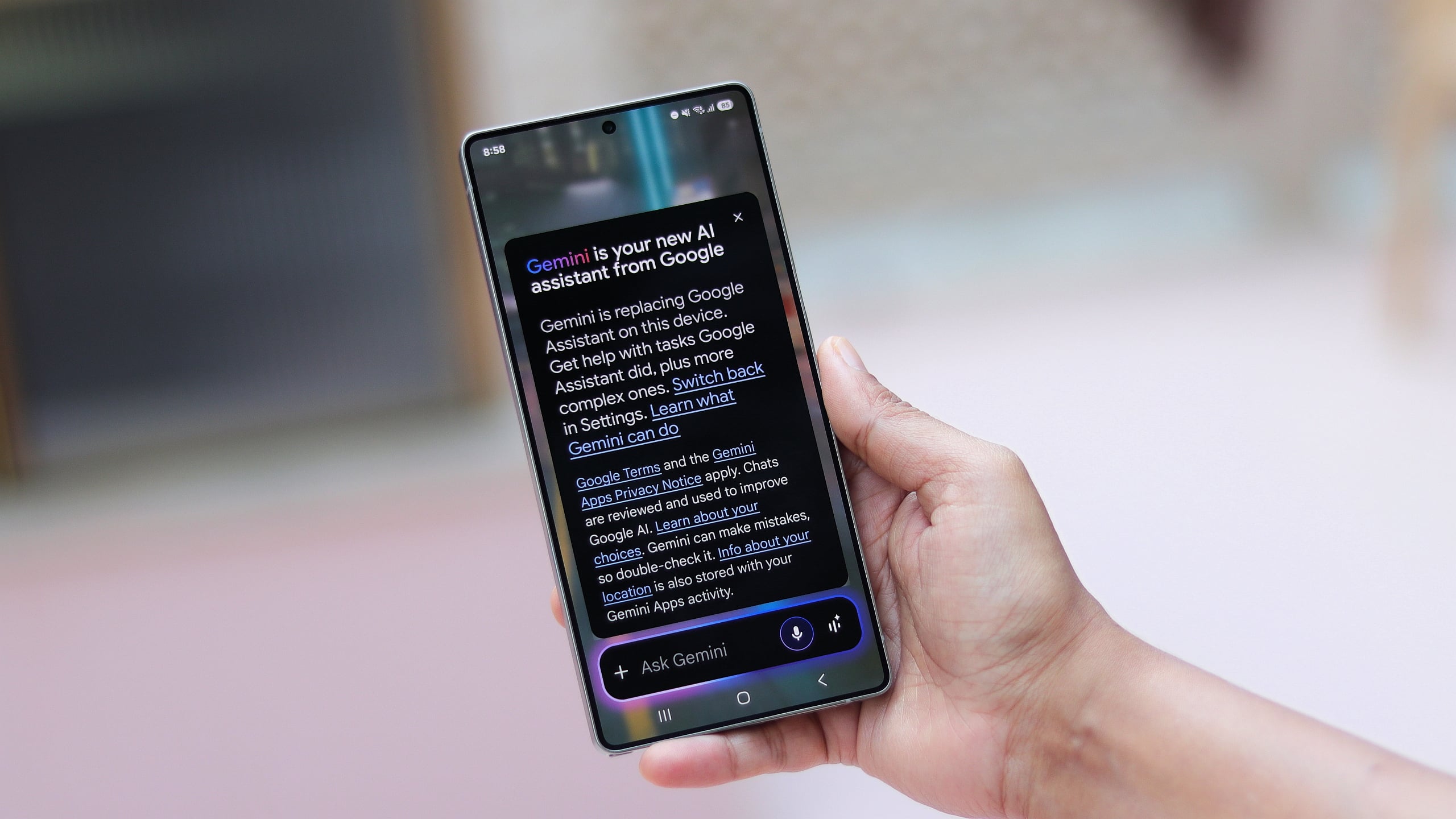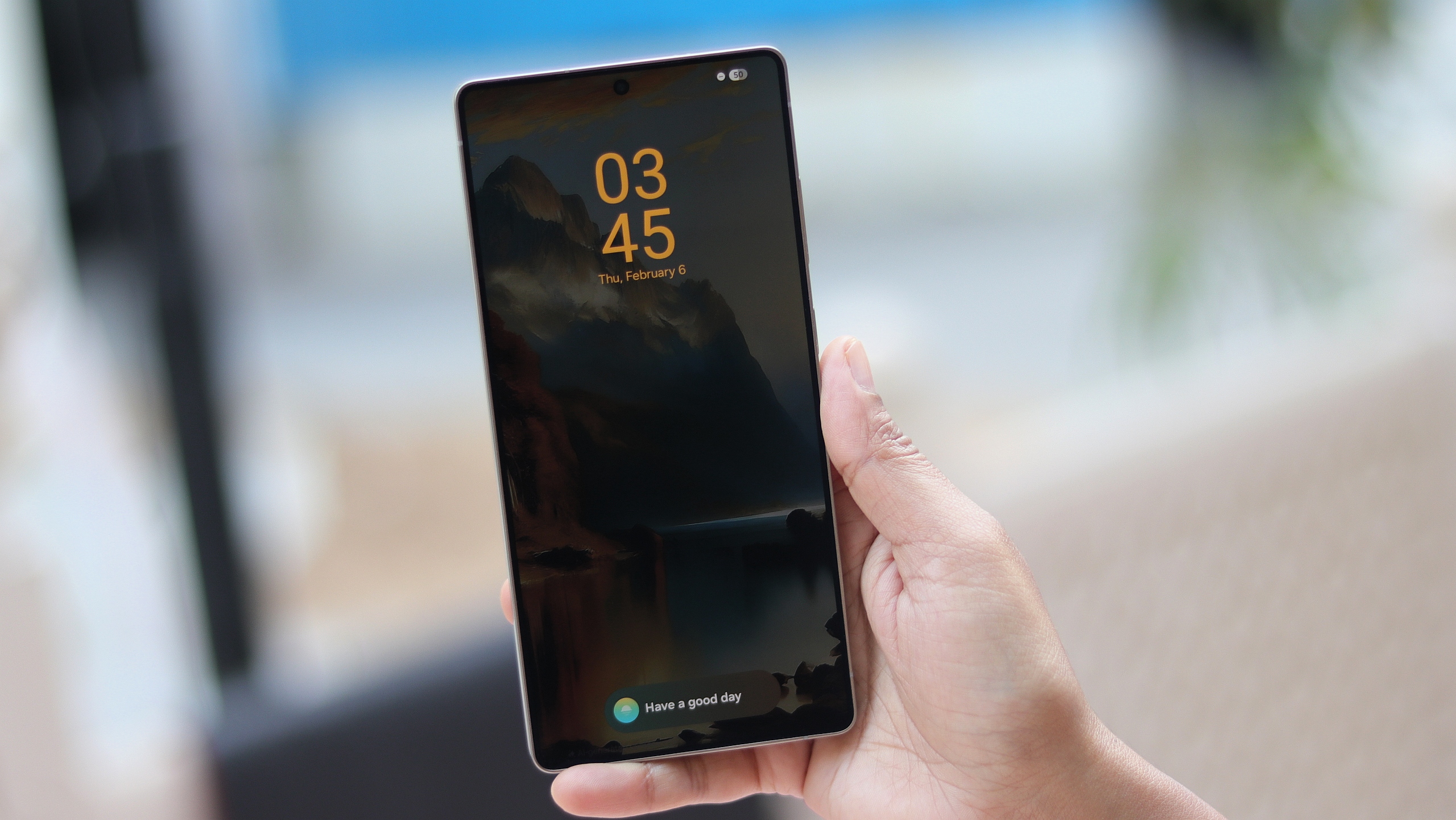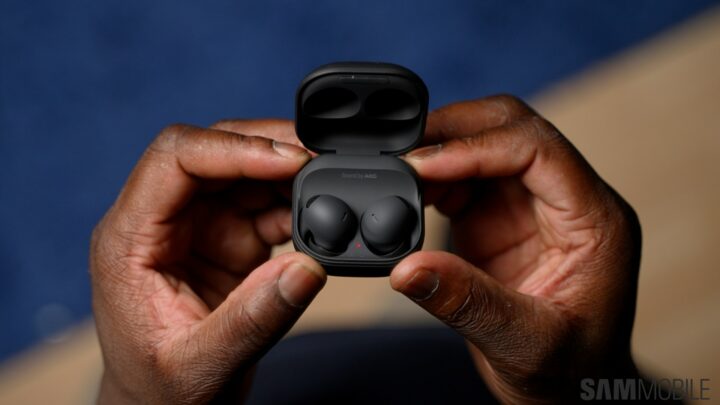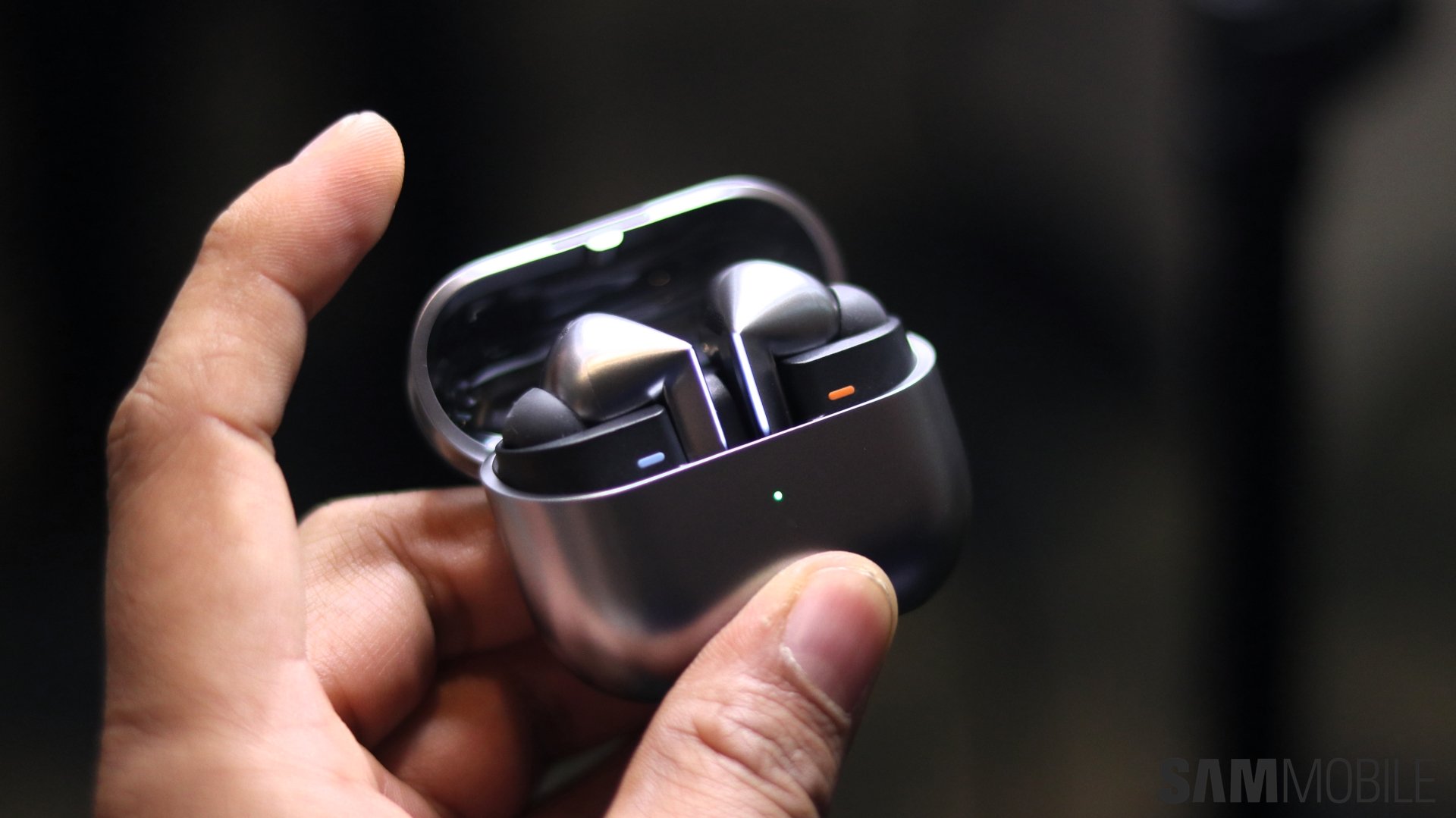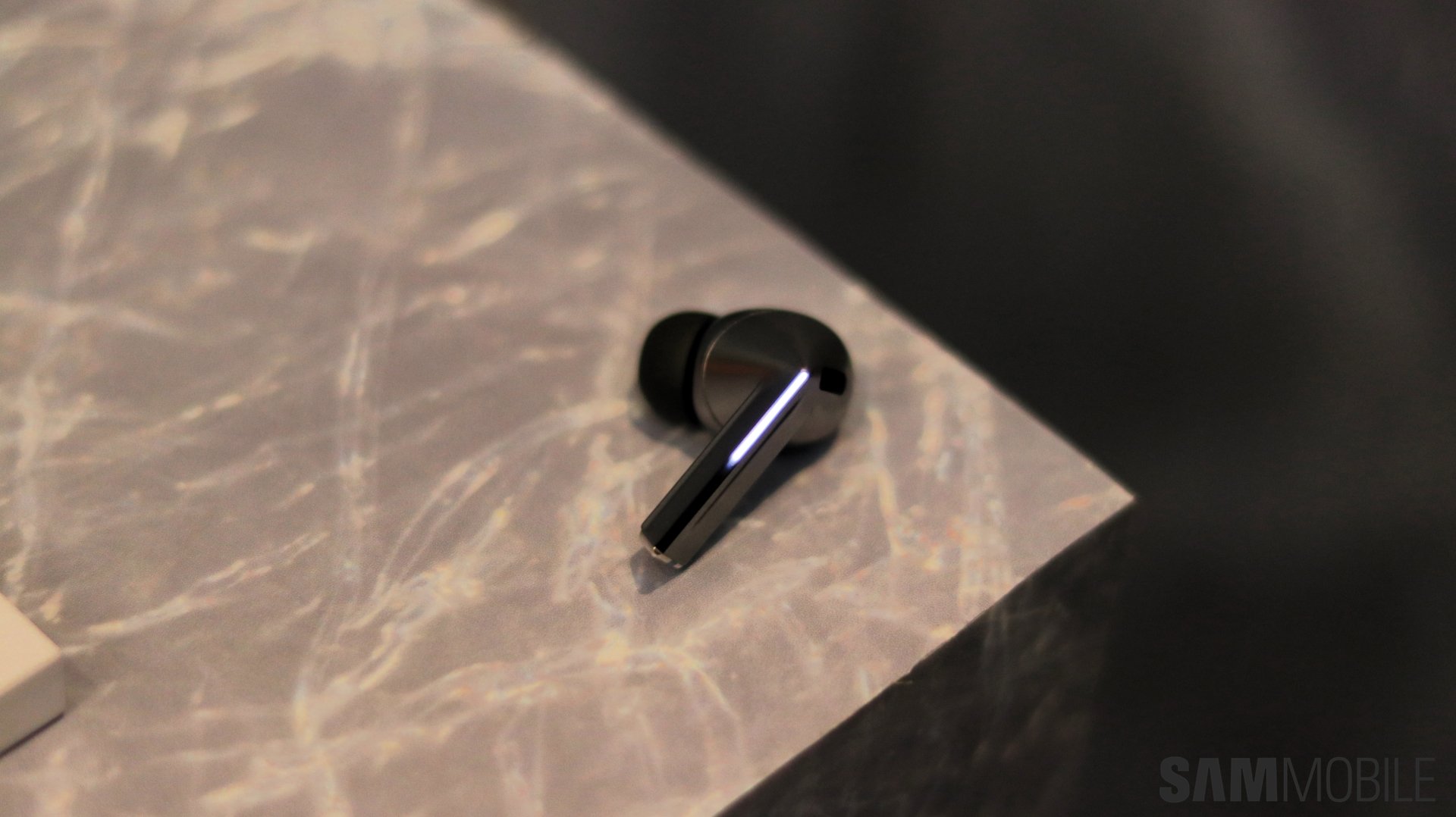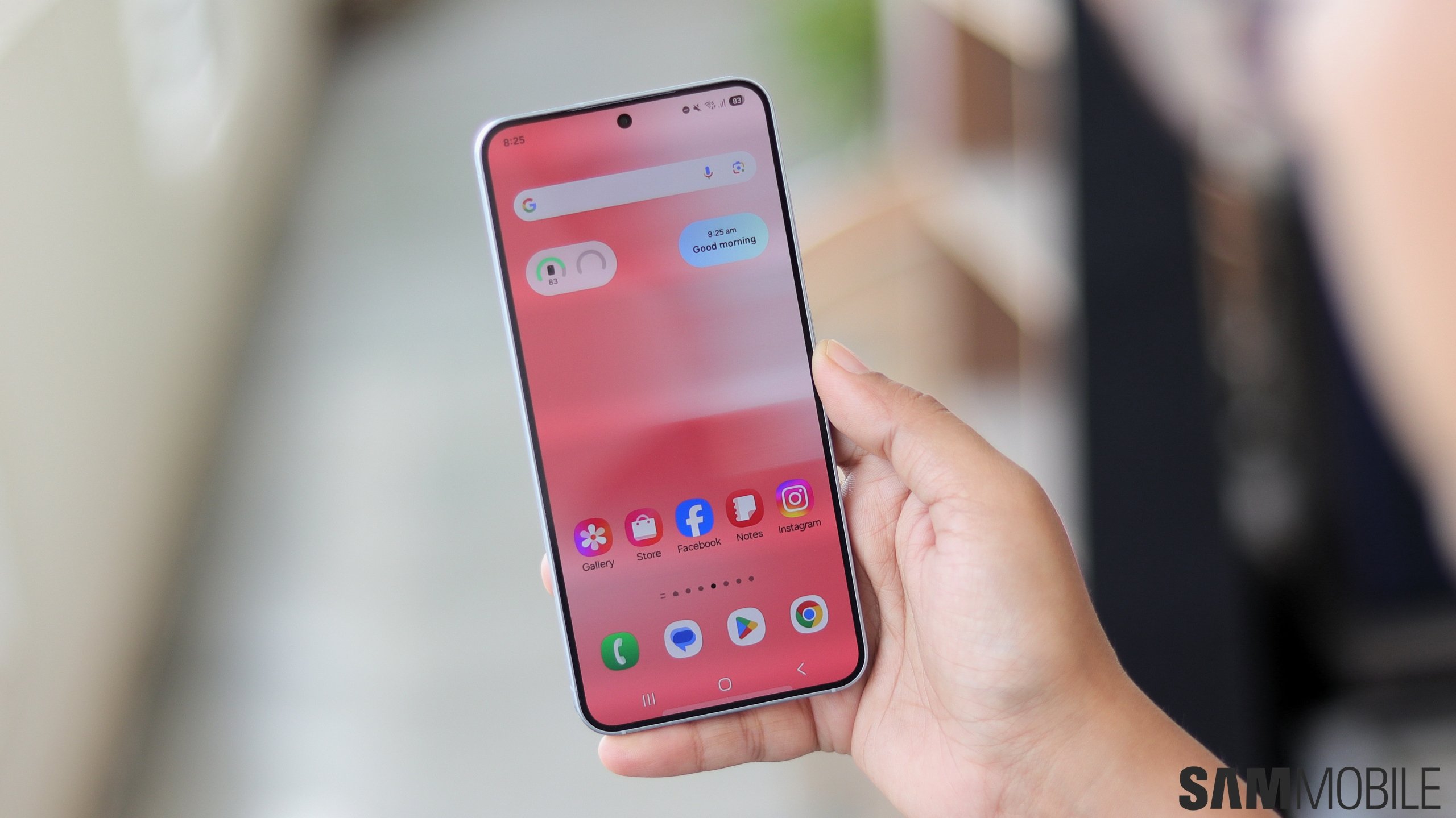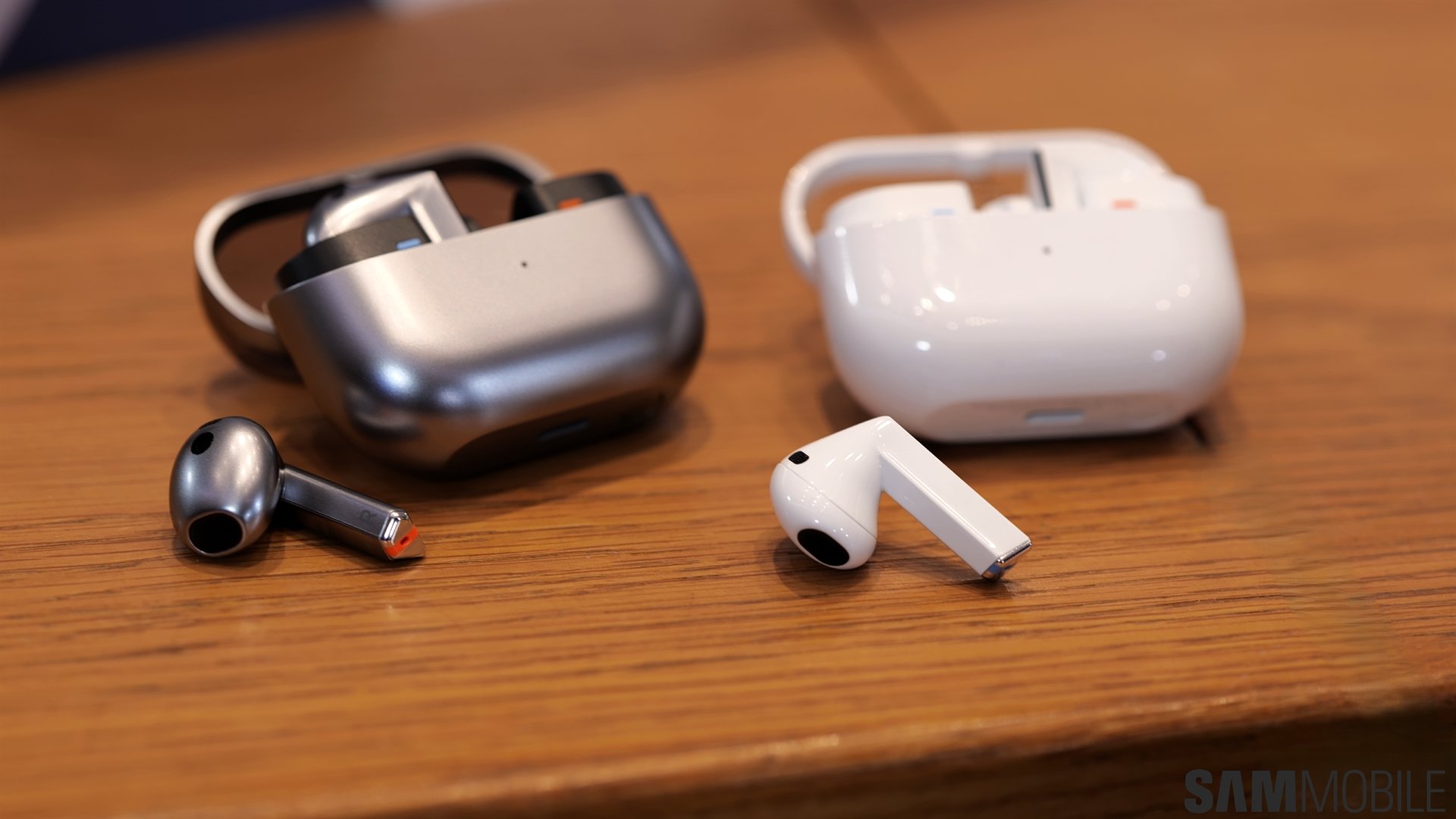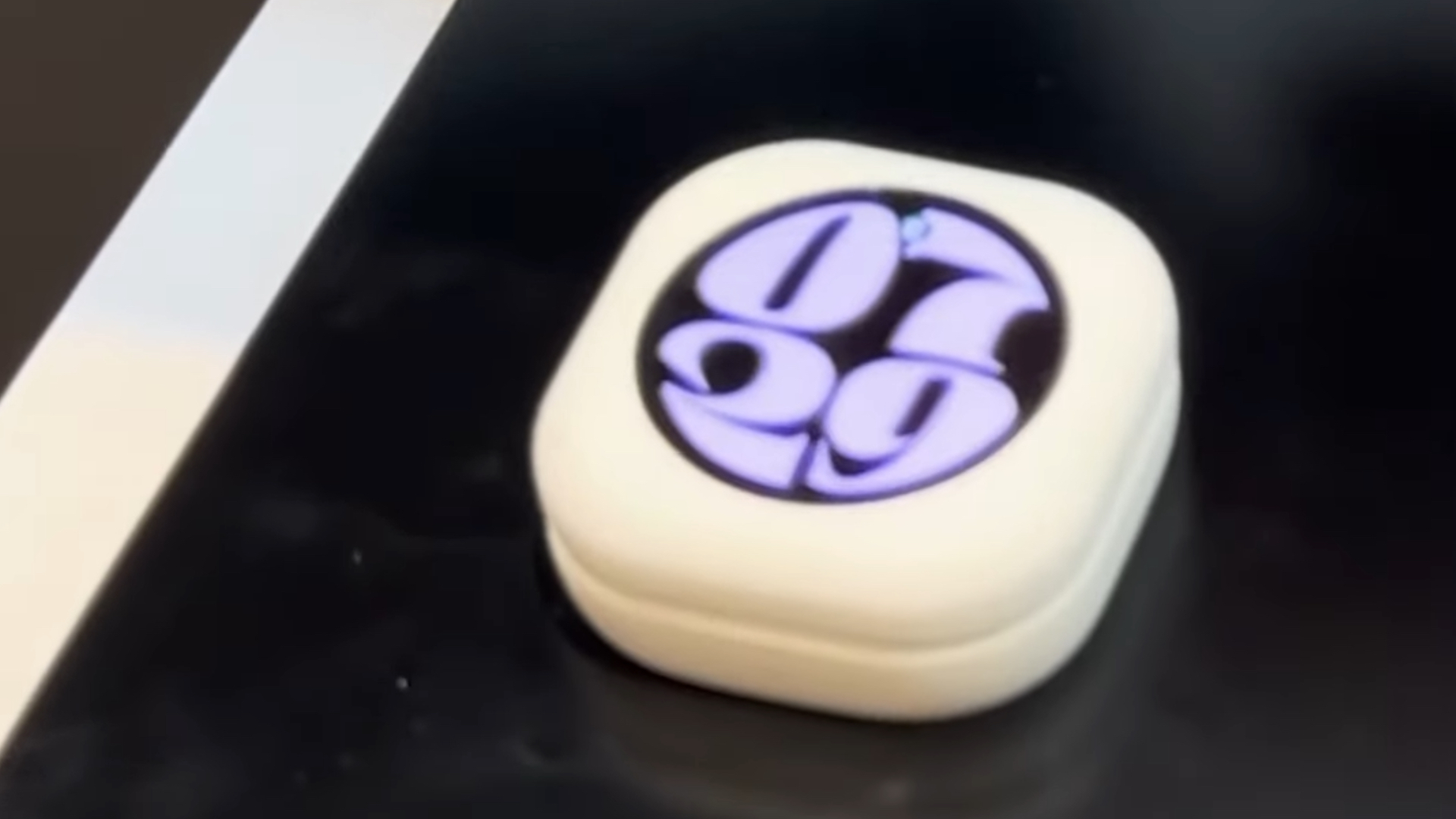
A new report claims we might see major changes with the Galaxy Buds 3 lineup.
Galaxy Buds 3 might feature a new design, bigger battery, improved ANC
According to a report from Chosun Media, Samsung will introduce a major design change with the Galaxy Buds 3 and the Galaxy Buds 3 Pro. Since the original model's release, all Galaxy Buds have had a bean-like shape. However, with the Galaxy Buds 3, the South Korean firm will change the overall shape of its upcoming earbuds to “significantly improve” their active noise cancellation (ANC) performance and sound quality.
The call quality of the Galaxy Buds isn't on par with AirPods because of the latter's stem design, which brings microphones closer to the user's mouth. So, Samsung planned to change the design of the Galaxy Buds. This means the company's earbuds might adopt a stem-like design as well, but nothing can be said for sure right now.
Watch our video below to learn about the five upgrades we want to see with the Galaxy Buds 3.
Galaxy Buds 3 and Galaxy Buds 3 Pro might get improved AI features
The report also claims that the Galaxy Buds 3 and the Galaxy Buds 3 Pro will have improved AI features. While current-generation Galaxy Buds also have some AI features, to bring more of them, they need a bigger battery. And the current design language doesn't allow Samsung to cram in a bigger battery.
That is another reason Samsung might be opting for a newer design for the Galaxy Buds 3 series.
Author's Note: One of the most impressive things about Galaxy Buds has been their compact size. However, if Samsung opts for a stem-like design (as seen on the AirPods Pro), it might lose that advantage. However, if the company brings sizeable improvements to audio quality, ANC, and battery life, people might be okay with the change in design.
Note: The feature image used at the start of this article is of a prototype from Samsung Display.


